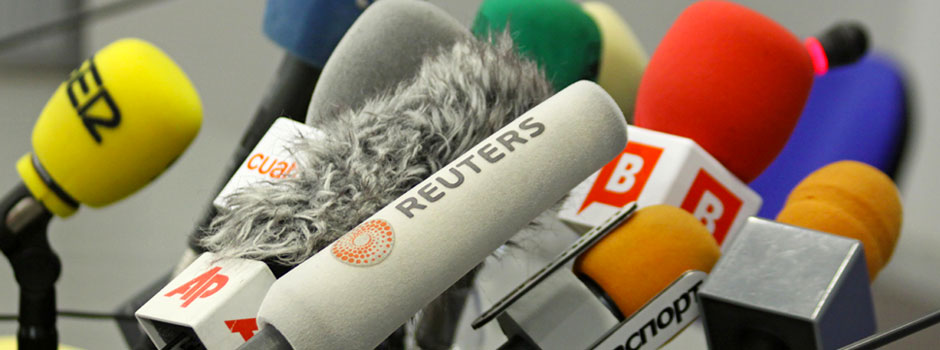RESPECT THE FACTS OBSERVED… BUT BE CAREFUL
Respecting the facts observed is not simply a matter of reporting them accurately. They must also be described in chronological order, placed in context, an attempt must be made to explain why they occurred and, where necessary, they must be presented consistently. This requires active observation of the facts, rather than passive observation.
Facts that are presented indiscriminately, out of context or in the heat of the moment may constitute lies if they only include a fragment of truth. When in doubt an honest journalist confesses his or her ignorance: we’re not entirely sure what happened.
RESPECT WITNESS TESTIMONIES… WITHOUT ENDORSING THEM
Respecting the witness testimonies gathered is not simply a matter of reporting them without distorting them. It is also informing the reader of the circumstances in which they were obtained or solicited, who the witnesses are and how legitimate their remarks are. If the testimonies are accompanied by hypotheses, the journalist must not give the readers the impression that he or she believes them personally.
Even though they sometimes weigh the story down, some stylistic precautions must be taken to avoid ambiguity: According to this witness… This witness claims that… Mr X saw everything: “I was there” he said… “I saw…”.
RESPECT OPINIONS… WITHOUT EMBRACING THEM
Journalists relay all opinions, even those they dislike, but they do not endorse them. “News” coming from institutional sources (press releases, declarations, etc.) must be treated with just as much caution as that coming from other sources.
The general public has a right to expect the journalist to explain “why” and “how” the persons issuing the news want it to be disseminated, as well as their intentions. Always dot the “i”s. Use appropriate layouts (well-spaced headline, explanatory lead paragraph, etc.) so as not to give the impression that the newspaper shares the opinion of the official sources.
If the spokesperson for the Dosh group publishes an official declaration entitled: “The future of Dosh Bank is brighter than ever”, it should be published under a more neutral headline. For example, place a quote between quotation marks to make it clear that the statement was made by the group alone and not by the newspaper that published it: Dosh Bank affirms that its future “is brighter than ever”.
THE GOLDEN RULE: KEEP YOUR DISTANCE
The “journalistic approach” is to keep your distance when it comes to appearances, other people’s emotions and your own emotions. As a journalist, you need to put yourself in the reader’s shoes and ask yourself: will what I’m writing and the point I’m trying to put across be understood by those who are going to read it?
If you have even the slightest doubt, rewrite the text.

